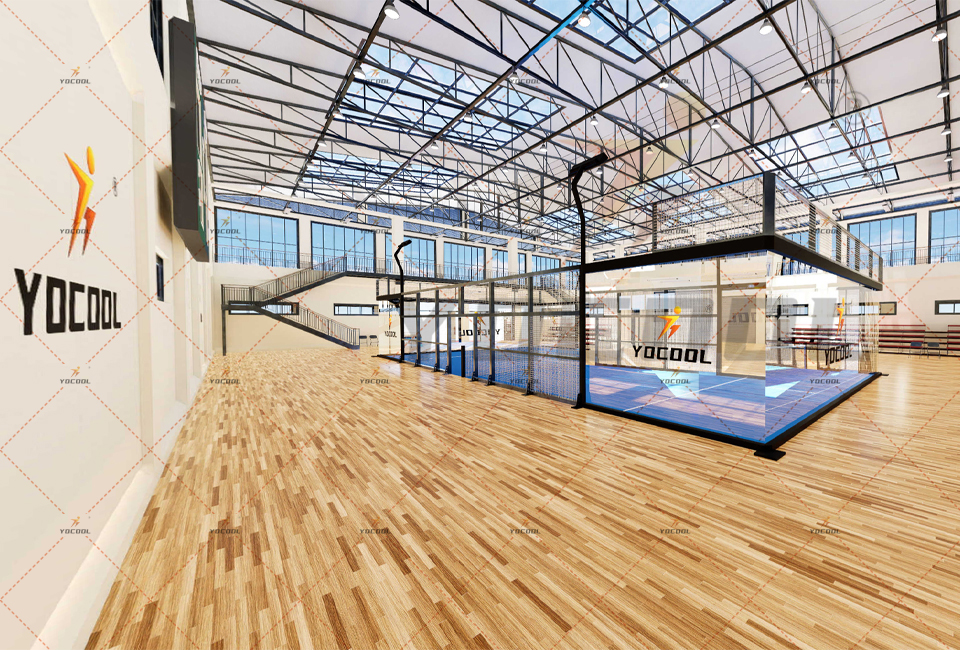

The Thrills of Racquetball and Tennis A Comparative Exploration
Racquetball and tennis are two popular racquet sports that offer players a unique combination of physical activity, mental challenge, and social interaction. While both sports involve hitting a ball with a racquet, they differ significantly in terms of rules, playing environments, and skill sets, which makes each of them uniquely appealing to different types of athletes.
Racquetball is typically played indoors in a four-walled court, using a small rubber ball that is highly bouncy. The game is fast-paced and energetic, requiring quick reflexes and agile movements. Players serve the ball against the front wall, aiming to make it bounce in a way that the opponent cannot return it. This requires not just physical skill but also strategic thinking to outsmart the opponent. The enclosed nature of the court allows players to engage in exciting rallies with the ball often ricocheting off the walls, adding an element of surprise and requiring players to be perpetually alert.
Conversely, tennis is primarily played outdoors on a rectangular court with a net dividing the two sides. The tennis ball is larger and less bouncy than a racquetball, and the game incorporates a range of strokes including serves, volleys, and groundstrokes. Tennis matches can be played in singles or doubles formats, offering greater versatility in playing styles and team dynamics. The presence of the net introduces a new layer to strategy, as players must volley and place their shots to outmaneuver their opponents across the court.

Both sports have their own sets of physical fitness requirements. Racquetball players need excellent cardiovascular fitness due to the sustained high-intensity bursts of activity. They also develop strong hand-eye coordination and agility as they navigate the tight confines of the court. On the other hand, tennis players cultivate endurance and strength, especially in their legs and core, as they move across larger areas of the court. The longer rallies and matches in tennis can lead to cardiovascular benefits, while also strengthening muscle tone and flexibility.
Social interaction is another significant aspect of both racquetball and tennis. They offer a platform for friendships and camaraderie, whether through casual matches with friends or competitive leagues. The sports culture fosters a sense of community, where players of all skill levels engage, share tips, and celebrate each other’s successes.
In conclusion, racquetball and tennis may share the fundamental concept of using a racquet, but their distinct styles, settings, and strategies offer varied experiences. Whether you prefer the exhilarating fast pace of racquetball or the tactical nature of tennis, both sports promise a fantastic way to improve physical fitness, enhance mental sharpness, and build social connections. Regardless of your choice, both sports celebrate athleticism and joy in gameplay, making them beloved activities for many around the world.
High-Performance Industrial Flooring Solutions China Paddle Tennis Court for Sale
High-Performance Industrial Flooring Solutions Durable & Cost-Effective
Homogeneous Transparent Floor – Durable & Stylish Rubber Floor Solutions
Premium Homogeneous Transparent Floor for Durable & Stylish Spaces Rubber Floor Solutions
Premium Sports Floor Solutions Durable PVC Sports Floor & Rubber Floor for Gyms
Durable Rubber Composite Floor Premium Rubber Floor & Mats Solutions